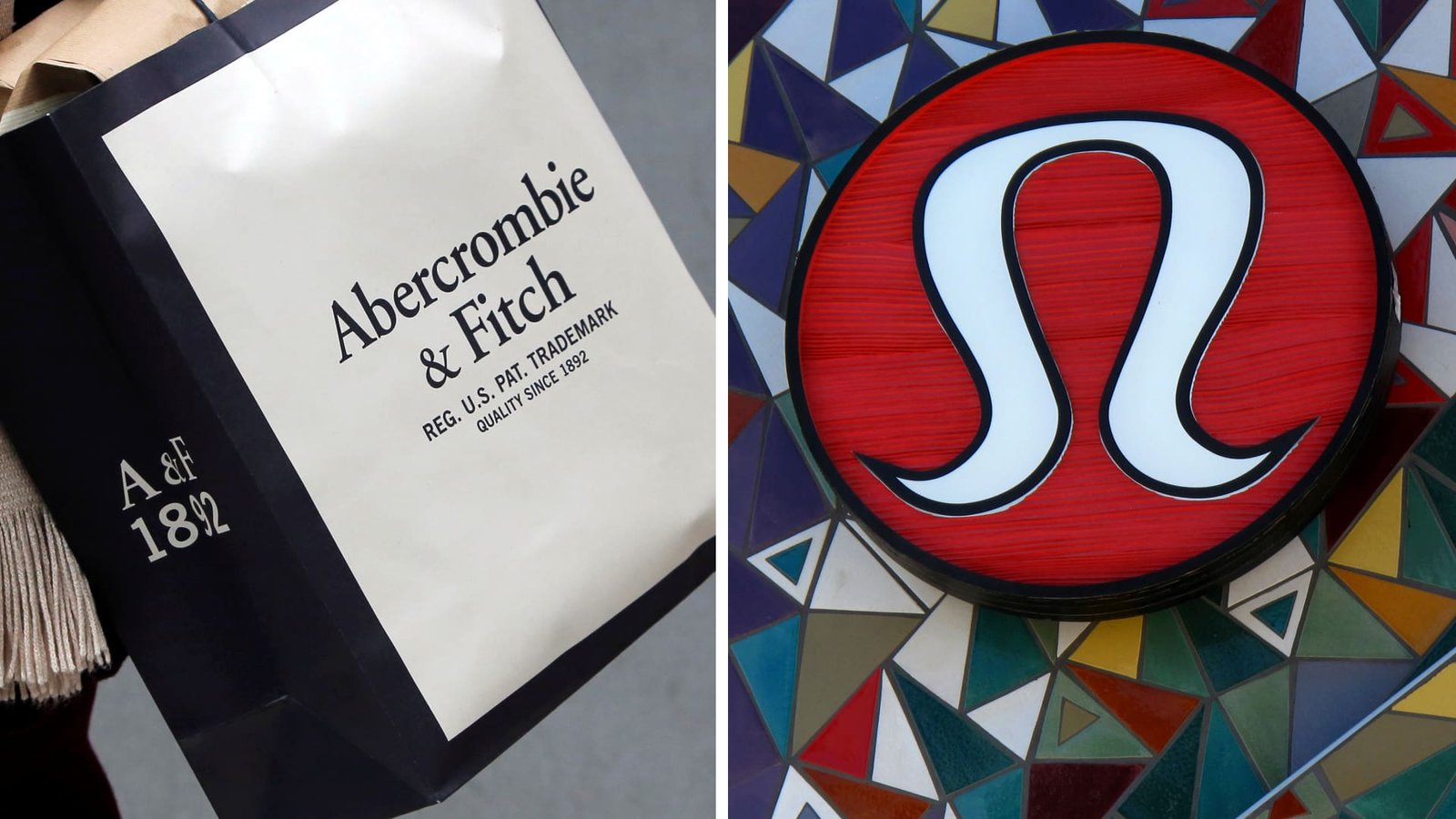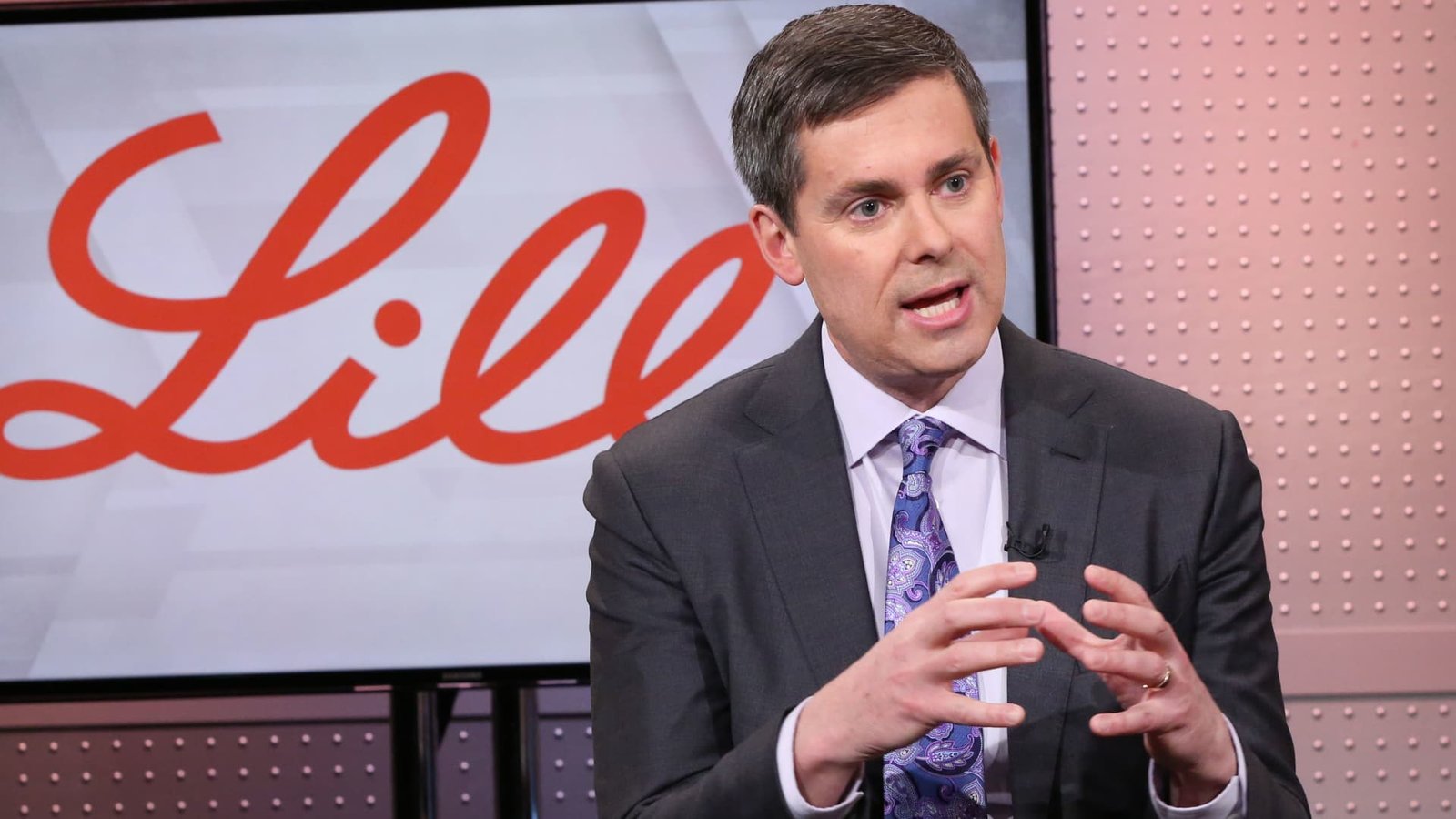Online spending during the holiday season increased by 8.7% compared to the previous year, as per data from Adobe Analytics. This growth was attributed to the availability of deals and the utilization of AI-powered chatbots, which encouraged consumers to make purchases.
According to Adobe, sales on retailers’ websites and apps reached $241.4 billion between Nov. 1 and Dec. 31. The analysis by Adobe encompassed over 1 trillion visits to U.S. retail sites, 100 million unique items, and 18 different product categories.
Adobe reported that the rise in online spending was driven by increased demand rather than higher prices. The Digital Price Index by Adobe revealed that e-commerce prices have been decreasing for 27 consecutive months. Although the figures are not adjusted for inflation, if revised, overall consumer spending would show an increase.
The positive e-commerce results are a promising indicator for the retail industry, which is yet to disclose company-specific sales. Major retailers like Walmart, Target, and Macy’s are expected to release their fiscal fourth-quarter results, including sales figures from the crucial shopping season, in late February.
Early reports on the holiday season also showed strong performance. Mastercard SpendingPulse data indicated a 3.8% year-over-year increase in retail sales during the holiday season in the U.S., excluding automotive sales, from Nov. 1 to Dec. 24, covering both in-store and online sales across various payment methods.
Deep discounts were a key factor driving holiday spending, according to Adobe. The data revealed that for every 1% reduction in prices, there was a corresponding 1% increase in demand compared to the previous holiday season, resulting in an additional $2.25 billion in online spending.
Vivek Pandya, lead analyst for Adobe Digital Insights, highlighted that consumers tend to wait for specific periods, like Amazon’s Prime Day or sales events such as President’s Day, to make nonessential purchases when they anticipate lower prices. This behavior is referred to as “event-ized buying.”
The holiday season saw significant discounts in categories like electronics, toys, TVs, and apparel. Electronics, apparel, and furniture/home goods were the top three categories contributing to 54% of total online spending, with groceries and cosmetics experiencing notable year-over-year spending growth.
AI-powered shopping assistants, including ChatGPT, played a role in influencing consumer spending. Traffic from generative AI-powered chatbots to retail sites surged by 1,300% compared to the previous holiday season, aiding shoppers in finding gift ideas and cost-effective items.
Smartphones were a popular choice for e-commerce purchases during the holiday season, accounting for nearly 55% of transactions, up from about 51% in the previous year. Additionally, the use of buy now, pay later options increased by 9.6% year over year, contributing to a record $18.2 billion in online spending during the holiday period, with Cyber Monday setting a new spending record for this payment method.




